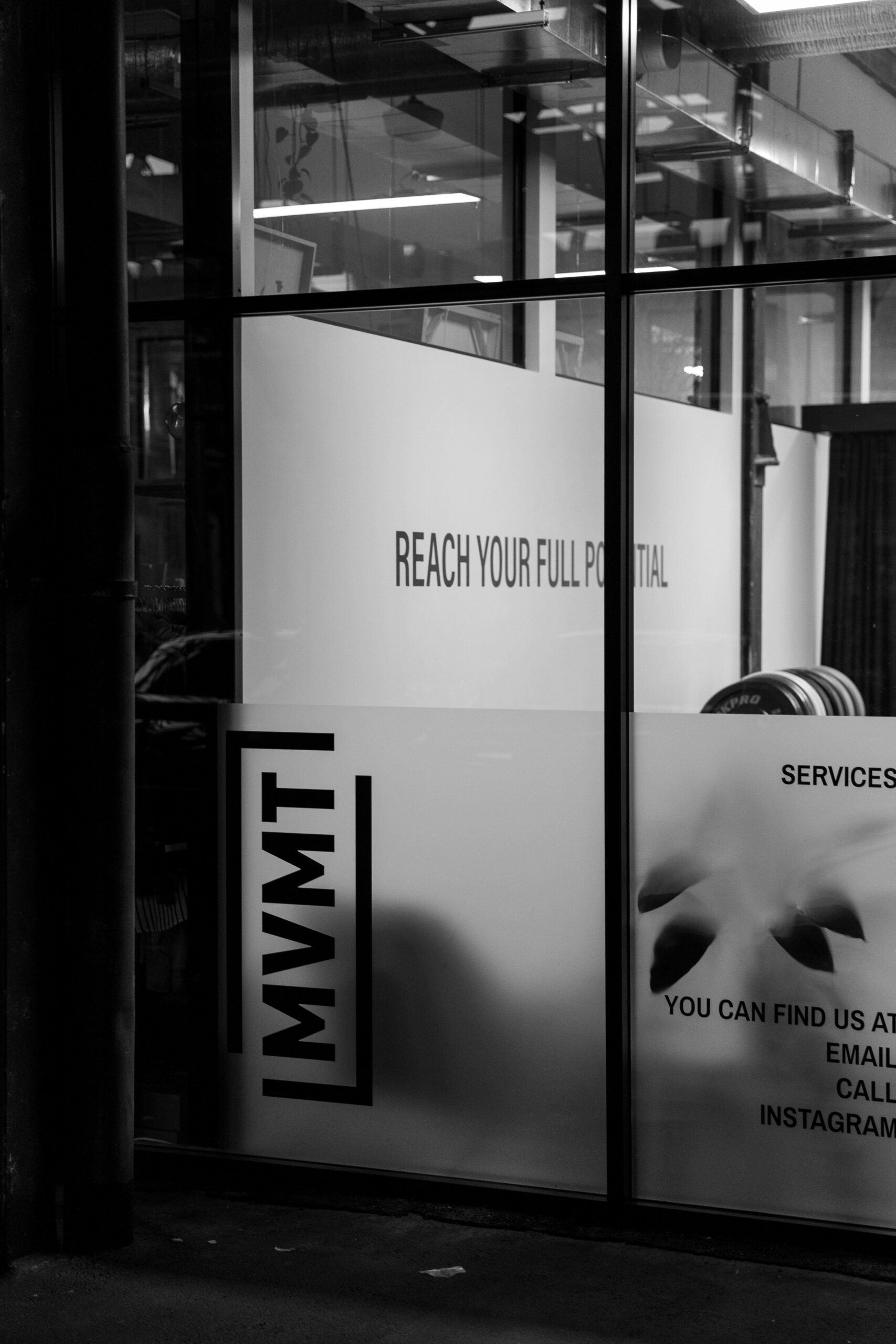Spondylolysis – Spondylolisthesis
Are you experiencing back pain and suspect you may have spondylolysis?
Schedule an Appointment
Spondylolysis, also known as a breaking of the spine, is a condition that affects the lumbar region of the spine. It is characterized by a break in the continuity of the vertebral arch, specifically in the isthmus (pars interarticularis) between the superior and inferior articular processes of the facet joint. This break is then filled with thick fibrous tissue. The causes of spondylolysis are not fully understood, but it is believed that some people may have a congenital weakness in the isthmus, while others may develop the condition from microtraumas or a single sudden jolt to the spine.
This condition is a common cause of back pain in adolescents and young athletes. It most often affects the fifth lumbar vertebra (L5) and, less commonly, the fourth lumbar vertebra (L4). If the isthmus is interrupted on both sides, the vertebral body will slide forward on the vertebra below, resulting in a condition called spondylolisthesis.
Spondylolysis Treatment
Diagnosis of spondylolysis typically involves a medical history and clinical examination, as well as X-rays and specialized CT scans to rule out the possibility of fractures. In advanced cases, an MRI may be used to detect a “stress response” in the isthmus. Treatment is usually conservative, consisting of exercises to reduce the sliding forward of the vertebral body, address the tilt of the pelvis, reduce lumbar lordosis, and strengthen lumbar-pelvic control. In rare cases where there is marked instability and a large “slip,” surgery may be necessary.
It is important to note that not all cases of spondylolisthesis are caused by a fracture isthmus. In older adults, spondylolisthesis may occur as a result of advanced degeneration of the joint between the lumbar vertebrae. In these cases, the condition may progress over the years, causing an instability in the lumbar spine. This is why it is important to control this situation as early as possible with proper clinical and diagnostic examinations.
In addition to exercises, physical and manual therapies can be used to alleviate symptoms. Surgery should only be considered in cases of marked instability and a large ‘slip’, where fixation using surgical hardware may be necessary. After surgery extensive rehabilitation will be required to gain control over the existing lumbar-pelvic biomechanics.
It’s important to remember that spondylolysis is a condition that can be managed and controlled with proper diagnosis and treatment. With the help of a healthcare professional, you can get back to the activities you love without being held back by back pain.
Our state-of-the-art high-level laser can deliver instant pain relief in as little as five minutes–aiding in the reduction of inflammation and repair of damaged tissue.
Working with you on spondylolysis pain
- Goals: Pain relief, improved mobility, better posture and become more functional.
- Problems: What are you experiencing? What is limiting you? How does this impact your life?
- Diagnosis: An in-depth diagnosis following a comprehensive history and examination including in-clinic orthopedic, neurological and functional assessments.
- Design: Your own personalised treatment plan. No one person is the same and you’re not a textbook. Our goal is to arm you with knowledge and awareness so you can better understand your body.
- Doing: Implementing of our modern treatment framework, which is designed to assist you in your recovery.

Let's Talk ...
Shop 3B/9 George St, North Strathfield NSW 2137
Monday - Wednesday 8am - 7pm
Thursday 8am - 8pm
Friday 8am - 5.30pm
Saturday 8am - 12pm



